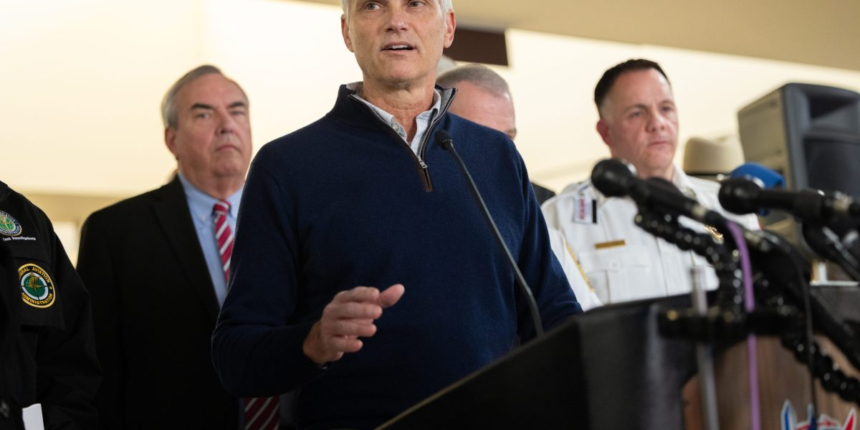The NTSB identified a damaged fan blade on the right side of the two-engine jet, as well as a loose airflow control component that was installed backward and a loose rod end that caused fuel to leak from the fitting. The report did not give a reason for the fire, as the NTSB has not yet finished its investigation on the incident. The purpose of the document is to find the root cause of the incident, not assign blame for it.
“They thought they had what we would call the degraded engine,” Cary Grant, an associate professor of aeronautical science at Embry‑Riddle Aeronautical University, told Fortune. “It wasn’t performing. It wasn’t a failed engine, but it wasn’t providing all the thrust and capability that it could produce.”
The jet was carrying two flight crew members, four cabin crew members, and 172 passengers, 12 of whom were hospitalized for minor injuries. According to the report, gate ramp personnel extinguished the fire on the right side of the plane one minute after it began. Passengers evacuated the aircraft onto the left overwing and a slide from the jet’s right door.
NTSB’s photos of the evacuated aircraft show burn marks and damage from the jet’s right wing, main landing gear, and landing gear wheel well.
“The safety of our customers and team members is our top priority, and we are cooperating with the National Transportation Safety Board in its investigation of American Airlines flight 1006,” an American Airlines spokesperson told Fortune in a statement.
Grant said the engine issues with Flight 1006 are rare, speaking to the dependability of its CFM56-7B engine.
“The engine is extremely reliable,” he said. “The fact that we don’t see situations like this occurring frequently is testament to the reliability of the motors. It’s an extremely reliable part.”
He maintains the flight crew did what was “reasonably expected” of them, given the information they had at the time—especially since they had to evacuate passengers from the jet when it was taxiing at a gate, a situation that usually necessitates deplaning procedures.
Combined with statistics that aviation accidents have actually decreased, the rarity of the engine degradation points to the continued security of air travel, Grant said.
“If we go back and look from the ‘50s on to where we’re at today, the accident trend is very, very small compared to the hundreds of thousands, millions of hours of flight time that are being flown every year,” he said. “The data does not support that air travel is riskier. It’s actually just the opposite.”









